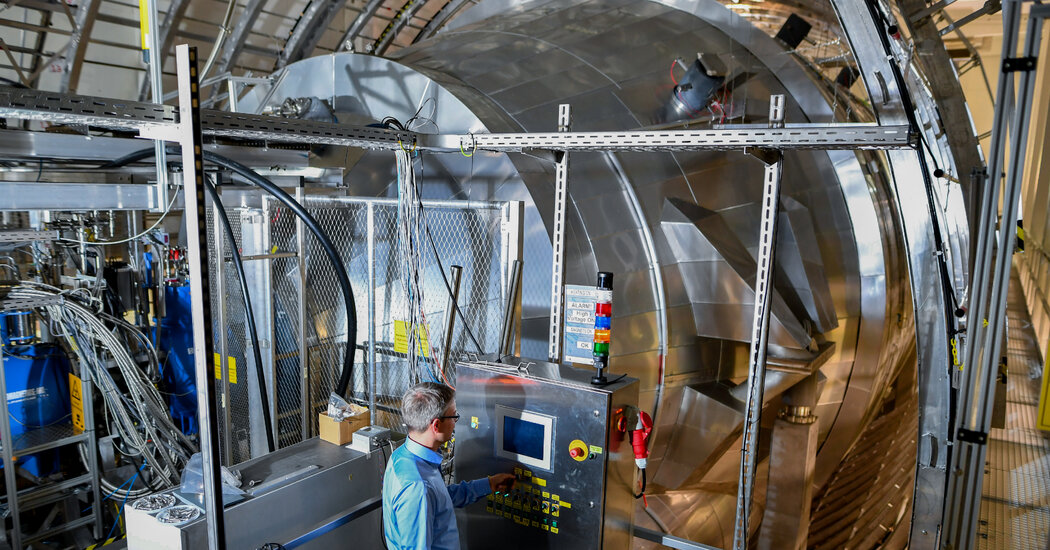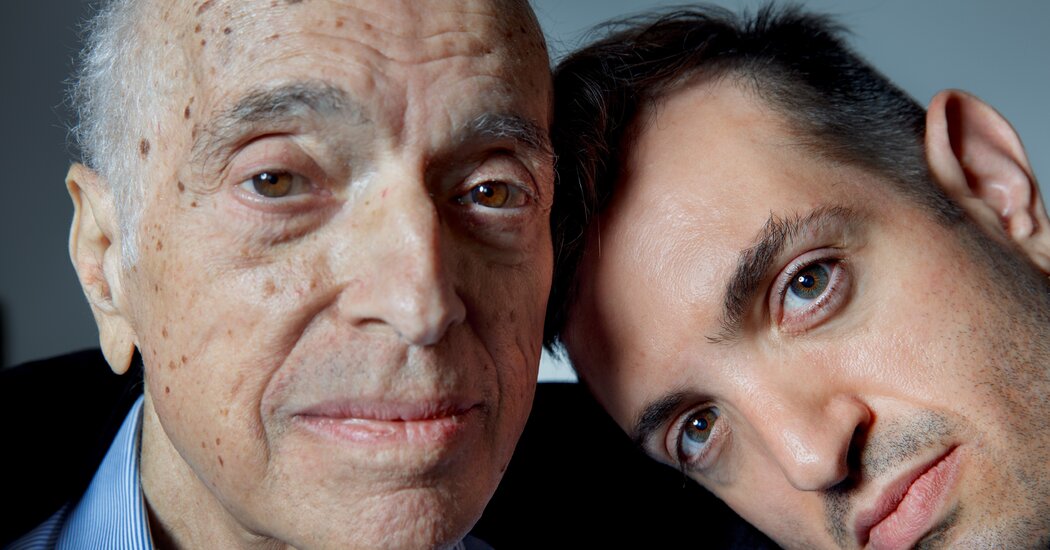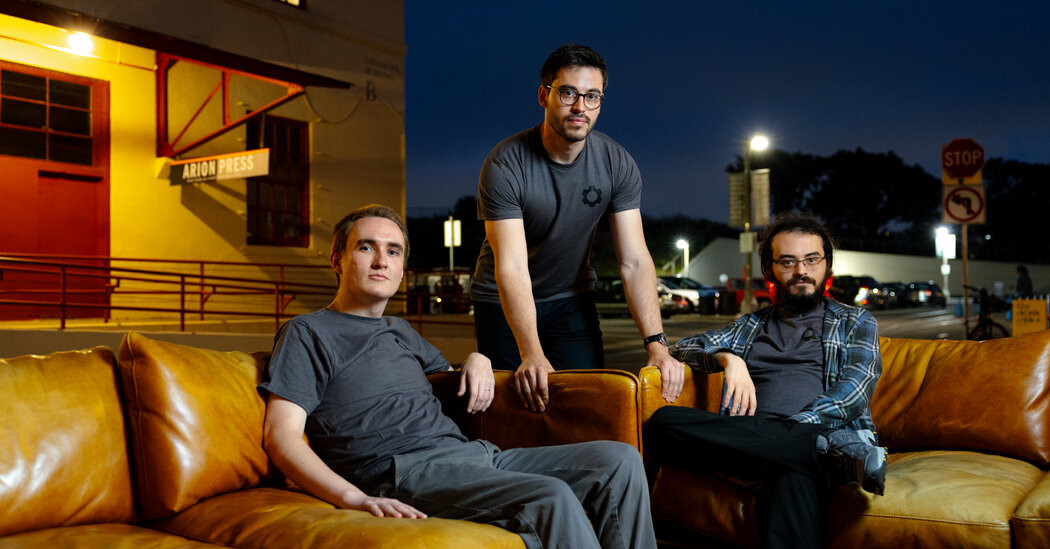On Thursday, researchers unveiled the most precise measurement yet of a neutrino, scaling down the maximum possible mass of the ghostly specks of matter that permeate our universe.
The result, published in the journal Science, does not define the exact mass of a neutrino, just its upper limit. But the finding helps bring physicists closer to figuring out just what is wrong with the so-called Standard Model, their best — albeit incomplete — theory of the laws that rule the subatomic realm. One way physicists know it is not quite accurate is that it suggests that the neutrino should not have any mass at all.
At grander scales, learning more about neutrinos will help cosmologists fill in their ever hazy picture of the universe, including how galaxies clustered together and what influences the expansion of the cosmos since the Big Bang.
“We’re looking at trying to understand why we are here,” said John Wilkerson, a physicist at the University of North Carolina, Chapel Hill and an author of the new study. “And that’s something neutrinos may have a key role in.”
Physicists know a few things about neutrinos. They are prolific across the cosmos, created virtually anytime atomic nuclei snap together or rip apart. But they carry no electric charge and are notoriously difficult to detect.
Neutrinos also come in three types, which physicists describe as flavors. And, oddly, they morph from one flavor to another as they move through space and time, a discovery recognized by the Nobel Prize in Physics in 2015. The underlying mechanism that makes these transformations possible, physicists realized, meant that neutrinos must have some mass.
But only just so. Neutrinos are mindboggingly light, and physicists don’t know why.
Uncovering the exact values of the mass of neutrinos could lead to “some kind of portal” to new physics, said Alexey Lokhov, a scientist at the Karlsruhe Institute of Technology in Germany. “This is, for now, the world’s best limit,” he said of his team’s measurement.
Dr. Lokhov and his colleagues used the Karlsruhe Tritium Neutrino, or KATRIN, experiment to narrow down the mass of a neutrino. At one end of the 230-foot-long apparatus was a source of tritium, a heavier version of hydrogen with two neutrons in its nucleus. Because tritium is unstable, it decays into helium: One neutron converts into a proton, which spits out an electron in the process. It also spits out an antineutrino, the antimatter twin of a neutrino. The two should have identical mass.
The mass of the original tritium is split among the products of the decay: the helium, electron and antineutrino. Neither neutrinos nor antineutrinos can be directly detected, but a sensor at the other end of the experiment recorded 36 million electrons, over 259 days, shed by the decaying tritium. By measuring the energy of the electron’s motion, they could indirectly deduce the maximum mass possible for the antineutrino.
They found that value to be no more than 0.45 electronvolts, in the units of mass used by particle physicists, a million times lighter than an electron.
The upper bound on the mass was measured for only one flavor of neutrino. But Dr. Wilkerson said that nailing down the mass of one makes it possible to calculate the rest.
The latest measurement pushes the possible mass of the neutrino lower than the previous limit set in 2022 by the KATRIN collaboration, of no more than 0.8 electronvolts. It is also nearly twice as precise.
Elise Novitski, a physicist at the University of Washington who was not involved in the work, commended the KATRIN team’s careful effort.
“It’s really just a tour de force,” she said of the experiment and the discovery. “I have full confidence in their result.”
The KATRIN team is working on an even tighter boundary on the neutrino mass from 1,000 days of data, which it expects to collect by the end of the year. That will give the physicists even more electrons to measure, leading to a more precise measurement.
Other experiments will also contribute to a better understanding of the neutrino’s mass, including Project 8 in Seattle and the Deep Underground Neutrino Experiment, spread across two physics facilities in the Midwest.
Astronomers studying the structure of the cosmos at large, thought to be influenced by the vast collection of neutrinos flooding the universe, have their own measurement of the particles’ maximum mass. But according to Dr. Wilkerson, the boundaries set by astronomers staring out into the void don’t match up with what particle physicists calculate in the lab, as they scrutinize the subatomic world.
“There’s something really interesting going on,” he said. “And the likely solution to that is going to be physics beyond the Standard Model.”




